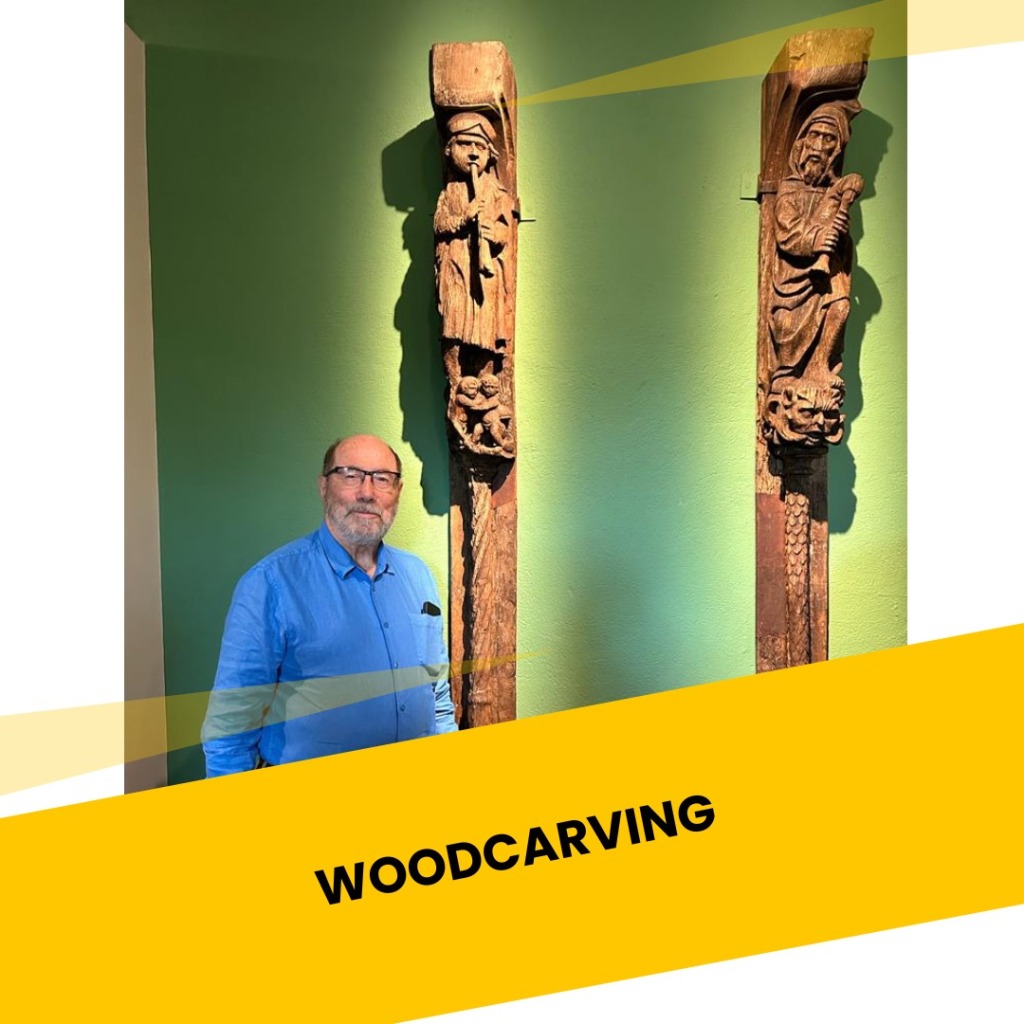‘In Exeter,’ an exhibition at The Met Cloisters opened in October 2023, combined with the lecture by archaeologist John Allan from Exeter Cathedral, England, transported visitors to the intricate craftsmanship of the Later Middle Ages artisans.

The exhibition spotlighted 16th-century artisans from around Morlaix, Brittany, France, who immigrated to South-West England ( Devon and Cornwall) and created awe-inspiring wooden sculptures, leaving a lasting impression on the area. Visitors had the unique opportunity to witness the enduring appeal of these artisans’ remarkable talents through intricate carvings and sculptures on display.

Presented In the lecture, Henry Hamlyn’s 16th-century Exeter home had an eccentric wooden exterior adorned with a sinister jester, battling couple, and club-wielding peasant, aiming to amuse and startle passersby, transforming it into an urban festive stage. Despite being a wealthy cloth merchant and two-time mayor, Hamlyn’s unconventional design raises questions about why he’d choose caricatures of the urban poor for the wooden decorations. The exhibition explores Hamlyn’s choices and how affluence empowered the emerging English middle class to shape their identities and the urban landscape through unique decor.


As part of the broader exhibit, “Rich Man, Poor Man: Art, Class, and Commerce in a Late Medieval Town,” this exploration provided valuable insights into the intricate interplay of art, class, and commerce during a captivating era. The exhibition seamlessly wove history and art together, inviting visitors to deeply immerse themselves in the legacy of artisans who skillfully etched their stories into the wood and stone of South West England.
In this captivating journey through the Later Middle Ages’ artistry and intrigue, South West England’s legacy, shaped by masterful craftsmanship and enigmatic choices, remains a timeless fascination and a lasting inspiration.
You must be logged in to post a comment.